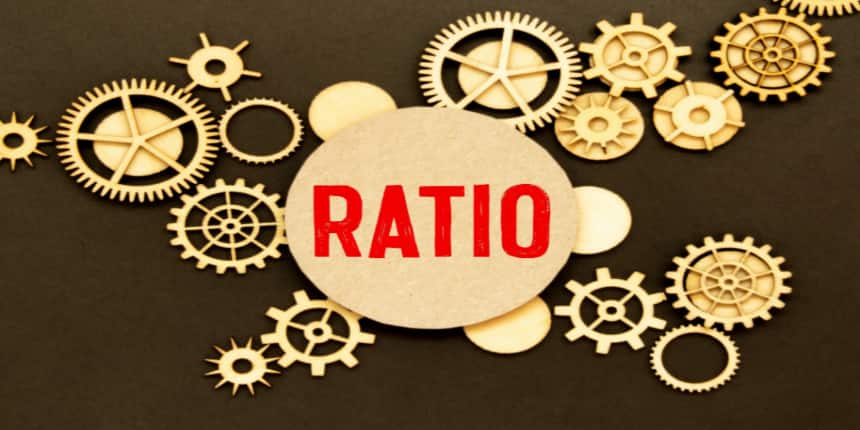CRAR Full Form
What is the full form of CRAR?
The full form of CRAR is Capital-to-risk (weighted) assets ratio. Another name for the ratio is CAR, which stands for Capital Adequacy Ratio. The bank has allotted money to protect the creditors when it suffers any losses. This cushion is called bank capital. The ratio gives the idea that the bank has enough financial cushion when suffering major losses. The ratio helps to maintain financial stability. The risk is in the form of a loan given to people.
- What is the full form of CRAR?
- Definition of CRAR
- Introducing of CRAR
- The formula to calculate the ratio
- Importance of the CRAR ratio
- Limitations of the CRAR ratio
- Information on the basel accords
- Comparison of CRAR and solvency ratio

Definition of CRAR
The ratio of the capital of the bank to its risk-weighted assets is called the Capital-to-risk(weighted)-assets ratio.
Introducing of CRAR
The indicator of the loss a bank can take without being insolvent. Insolvent means the bank’s liabilities are such that it cannot repay the depositor. The ratio helps protect depositors and improve financial stability. The ratios are moved by central banks and bank regulators. The high ratio is an indicator of the safety of the bank. When the winding-up process of banks is started, the funds of depositors are given higher priority.
The formula to calculate the ratio
The formula for CRAR is given as follows:
CAR= Tier 1 Capital + Tier 2 CapitalRisk weighted assets
Let’s see the terms of the formula one by one.
Tier-1 Capital: The capital used to absorb the losses without needing to cease the operations comes under the domain of Tier-1 Capital. It is the core capital of the bank. It comprises equity capital, ordinary capital, audited revenue reserves, etc. Basel III is responsible for deciding Tier 1.
Tier-2 Capital: The capital absorbs the loss in the process of winding up. The protection provided to the depositors is comparatively less. Tier-2 capital includes unaudited revenue, general loss revenue, etc. It is tapped into when Tier-1 capital is used up.
Risk-weighted assets: This value gives the amount of capital a bank must possess to avoid insolvency. Risk assessment determines the amount capital required by the bank.
Importance of the CRAR ratio
1) The ratio helps to understand the risk factor of the bank. It helps to understand the loan services of the bank.
2) This gives an idea of the amount of capital required for the safety of the depositors and the bank.
3) The ratio helps ensure the stability of the financial system. It works at the national level and helps with stability at the national level.
4) The ratio gives information about the priority given to the funds.
5) It is advantageous to select a bank with a high CRAR ratio and a low risk factor.
Limitations of the CRAR ratio
1) It doesn’t give information about the losses faced by banks during financial crises.
2) Economic capital is considered more reliable.
3) It doesn’t give information about the potential run on the bank.
Information on the basel accords
The Basel Accords are a set of rules related to bank regulation. The rules are set by the Basel Committee on Bank Supervision. The three agreements are Basel I, Basel II, and Basel III. It gives information about the risks related to the banks. The committee was established in 1974. Its overall aim is to improve stability.
Basel I: It gives information on minimum capital requirements. The percentage of the capital needed to be saved by the bank is 8%. This led to the foundation of the basic framework.
Basel II: It was started in 2004. Capital reserves need to be 8% of their assets. It forms a framework for national regulations, system risks, etc.
Basel III: Started in 2009, it is still being implemented. It provided improvement to the framework. It helps to improve the regulation, risk, and supervision management of the bank.
Comparison of CRAR and solvency ratio
Both of the ratios help find information about the debt and revenues. The difference is that CRAR is intended for commercial banks, whereas Solvency Ratio can be used by any company. The solvency ratio helps in the calculation of the long-term and short-term financial obligations of the company. It gives information about the cash flow of the company.
Frequently Asked Questions (FAQs)
A high CRAR ratio shows the ability of the bank to withstand financial loss. This is an indicator of the safety of the bank. High CRAR Ratio means less risk factor to the depositors.
The CRAR ratio is decided by the central bank and the bank regulators.
The bank in India with the highest CRAR ratio is the Bandhan Bank.
The value of CRAR can be as low as 8%.
A high CRAR means low risk rate, while a low CRAR indicates high risk rate.